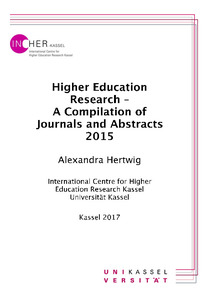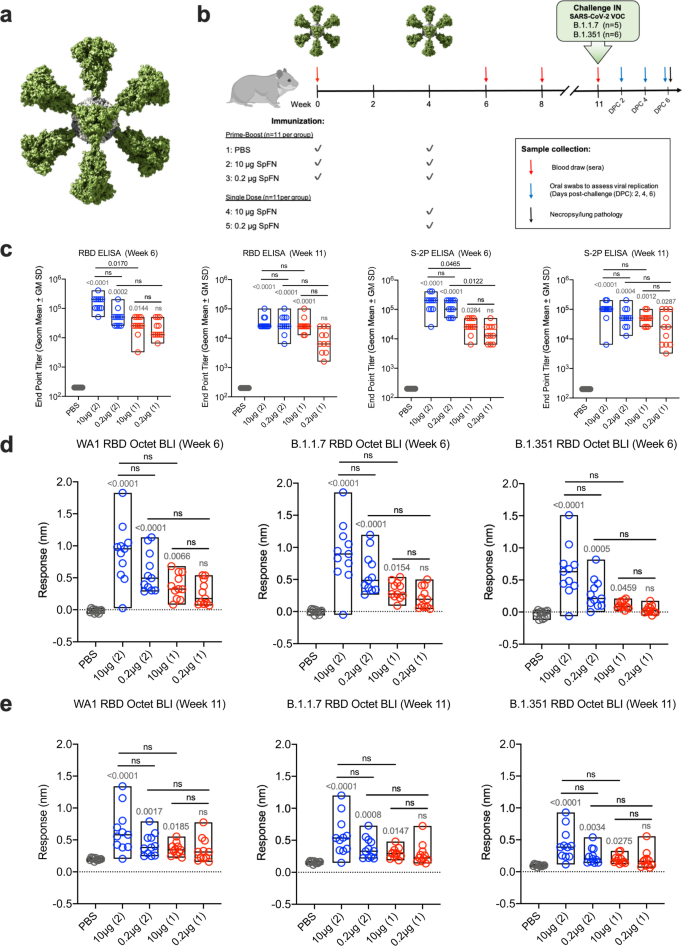
Watts Language Policy by Bernard Spolsky Discourse by Jan Blommaert Analyzing Sociolinguistic Variation by Sali A. Already published in the series: Politeness by Richard J.
#The figure walt reed pdf series#
leading experts, books ingiven the series are designed to beWritten used on by courses and in seminars, and include suggestions for further reading and a helpful glossary. Some topics have been the subject of sociolinguistic study for many years, and are here re-examined in the light of new developments in the field other are issues of growing importance that have notthe so far been a sustained treatment. It consists of accessible yet challenging accounts of the most important issues to consider when examining the relationship between language and society.

KEY TOPICS IN SOCIOLINGUISTICS Series editor: Rajend Mesthrie This new series focuses on the main topics of study in sociolinguistics today. He is a founding co-editor of the Journal of Sociolinguistics. CO UP LA ND is Professor and Research Director of the Cardiff University Centre for Language and Communication Research. The emphasis is on how social meanings are made locally, in specific relationships, genres, groups and cultures, and on studying language variation as part of the analysis of spoken discourse. Coupland draws on and integrates a wide of contemporary sociolinguistic research as well as his own extensive research in this field. Style therefore refers to the wide range of strategic actions and performances that speakers engage in, to construct themselves andvariety their social lives.

It explains how speakers project different social identities and create different social relationships through their style choices, and how speech-style and social context inter-relate.

This book develops a coherent theoretical approach to style in sociolinguistics, illustrated with copious examples. Style: Language Variation and Identity Style refers to ways of speaking – how speakers use the resource of language variation to make meaning in social encounters.


 0 kommentar(er)
0 kommentar(er)
